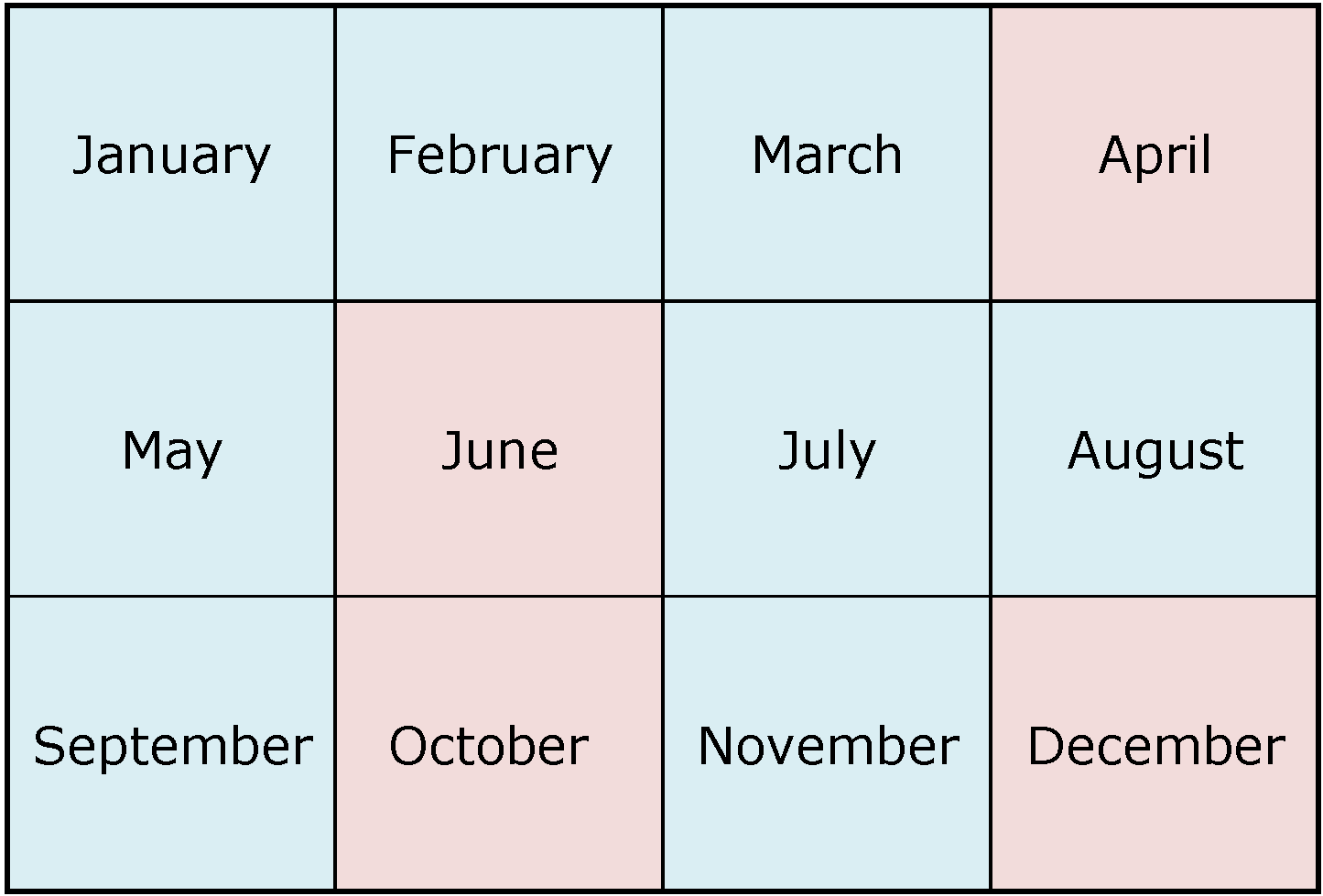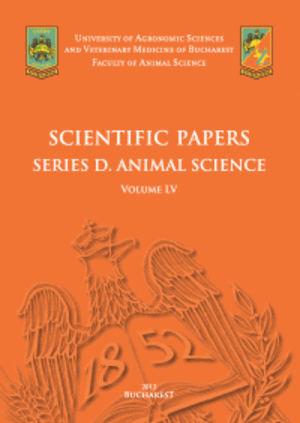Published in Scientific Papers. Series "Management, Economic Engineering in Agriculture and rural development", Vol. 25 ISSUE 2
Written by Maria OJOG, Marian Vivian SÂRBU, Mihaela IORDĂCHESCU, Liliana BĂDULESCU, Viorica LAGUNOVSCHI-LUCHIAN
Rich in nutrients, especially vitamin A and vitamin C, with an impressive range of colors, sweet peppers are loved for their pleasant taste and mild flavor. Used in many different culinary recipes, peppers bring variety to the Romanian diet. People's preferences for sweet peppers are important for producers, so they can grow cultivars that are appreciated by consumers. In addition, pepper breeders are also interested in these preferences, so they can focus on creating varieties that answer the consumer's demands. This study presents a sensorial analysis of more than 40 sweet pepper cultivars in the period 2022-2024. Every year, in the first weekend of October, the Faculty of Horticulture is the host of the ”Horticultural Autumn of Bucharest” event. The visitors had the opportunity to taste and evaluate the sweet pepper cultivars. Several varieties were assessed every year, indicating how Romanian preferences have evolved during this period. The common indicators evaluated in all three years are color, taste, size, and shape. Juiciness and flavor are extra indicators evaluated only in 2022, and pericarp thickness is an extra indicator evaluated only in 2023. The best-ranked cultivar in 2022 was “Temes F1”, in 2023 it was “SVPB 1112”, and “Patrol F1” was highly appreciated in 2024. With an average production of 80 t/ha and an average selling price of 4.5 lei in 2024, the profit rate for the sweet pepper crop is close to 1.4 %, being one of the profitable crops in Romania.
[Read full article] [Citation]

 Next Issue will be published according the the calendar.
Next Issue will be published according the the calendar.



